
views
Plugging Burrows in Your Lawn
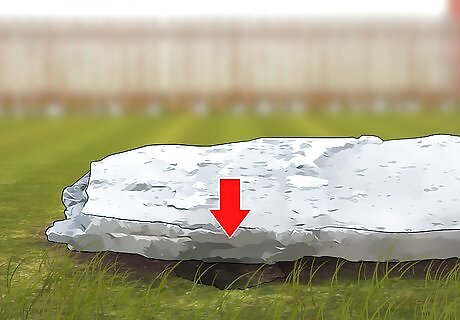
Search for small holes in your yard without soil around them. When chipmunks start digging holes, they collect the soil in their cheeks and make it difficult to spot their burrows. Look for holes that are 2–3 in (5.1–7.6 cm) in diameter near stumps, stones, and woodpiles that offer cover for the chipmunks. Check underneath any outdoor patios or stairs for other holes as well.
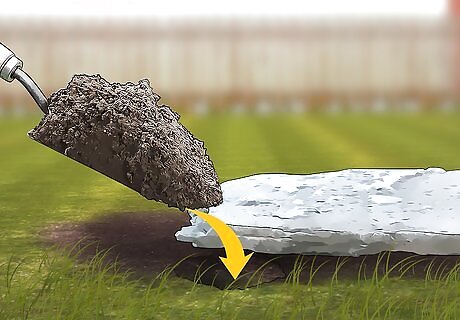
Pack dirt into any small holes in your lawn for a temporary fix. As you find more chipmunk holes, use potting soil or dirt to fill in the hole as best as you can. Tamp the soil down with your foot or with the back of a shovel so the dirt is tightly packed in the hole. Continue filling in each hole around your yard. Chipmunks may dig through the dirt to get into their burrows again. Check your yard every day to see if any of the holes have reappeared.
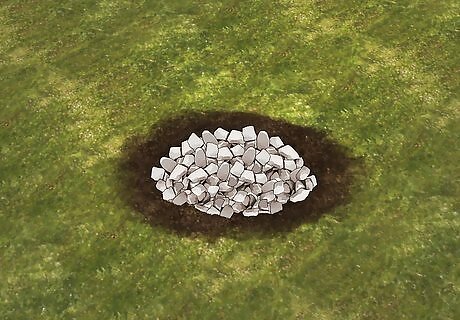
Use gravel so the chipmunk can’t dig a hole in the same place. Gravel is more difficult for chipmunks to dig through since it doesn’t move around as easily. Use a trowel to pour the gravel into the hole until it fills up to the top. Step on the hole to tamp it down and tightly pack the gravel in place. Gravel can be purchased at any home and garden or landscaping store.Tip: Mix 3 parts gravel with 1 part soil to make the soil difficult to dig through while still providing nutrients to your plants.
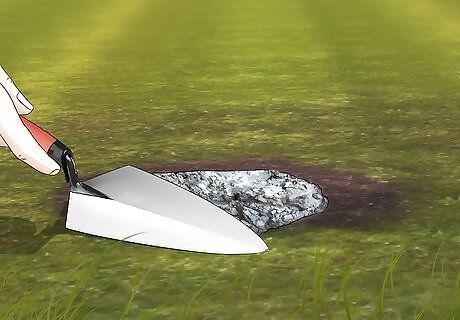
Try pouring concrete near holes in areas where you aren’t planting anything. Mix quick-setting concrete in a wheelbarrow or bucket following the instructions on the package. Transfer the mixed concrete into the burrow to plug the hole. Let the concrete set and dry for at least 20-30 minutes. Only use concrete in areas where you don’t want to plant. Grass may not regrow in areas where you used concrete to fill in chipmunk holes.
Keeping Chipmunks out of Your Yard

Build a fence 8 in (20 cm) deep so chipmunks can’t dig into your yard. A tall privacy fence will help keep chipmunks out since they can’t climb very well. Put the fence around the perimeter of your yard, making sure the fence extends down at least 8 in (20 cm) into the ground so chipmunks can’t get underneath. Avoid using a chainlink fence since chipmunks will be able to squeeze through the holes. For added protection, you can bury mesh 2 in (5.1 cm) deep along the fence line.
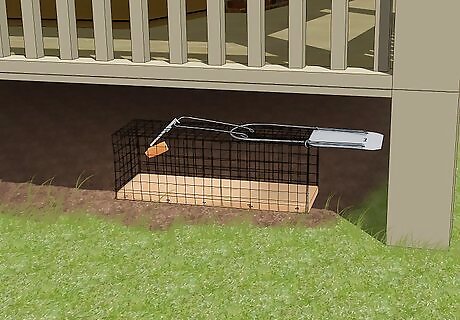
Set up chipmunk traps around your yard so you can relocate them. Look for catch and release live traps small enough to catch chipmunks. Leave the traps near burrows or in areas where you’ve seen chipmunks before. Place peanut butter, nuts, or seeds in the trap as bait. Leave the trap open so the chipmunks get used to feeding from it without getting trapped. After 1 week, set the trigger on the trap so it closes next time a chipmunk enters. When you catch the chipmunks, take them to an area at least ⁄2 mi (0.80 km) away from your home to release them. Live chipmunk traps can be purchased at lawncare stores or online. Check with your local Department of Natural Resources to see if trapping chipmunks is legal in your area.
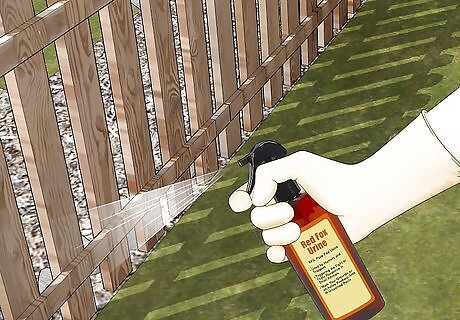
Spray coyote or fox urine around your yard and burrows to scare chipmunks away. Foxes and coyotes are natural predators for chipmunks, so they’ll avoid any areas that have that scent. Spray the urine around the perimeter of your yard and near any holes that you notice in your yard. Reapply the urine every 2-3 weeks to keep chipmunks out. Coyote or fox urine can be purchased from yard care stores or online. The urine also can be purchased in granular form. Making a Natural Repellent Mix 1 tablespoon (15 ml) of pureed garlic and red pepper flakes with 1 cup (240 ml) of soapy water. Use a spray bottle to apply the solution around the chipmunk holes and the perimeter of your home.
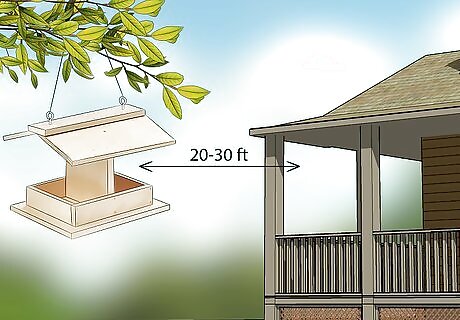
Keep bird feeders 20–30 ft (6.1–9.1 m) from your home to move a food source. Many chipmunks feed off of the seeds that fall out of bird feeders and make their burrows near them. If you notice chipmunks near your home or feeder, move the feeder away from the area so the chipmunks don’t cause any damage. Don’t overfill your bird feeders since many seeds will fall to the ground and give chipmunks food.

Let any pets outside to scare away chipmunks. Even if your pets don’t catch any chipmunks, the presence of predators will keep them out. Let your dogs or cats out a few times each day so they can roam around the yard. If you don’t have any pets, you can also place a fake owl in your yard to scare chipmunks. If you use a fake owl, move it every day so it seems that it’s alive.
Sealing Holes around Your Home
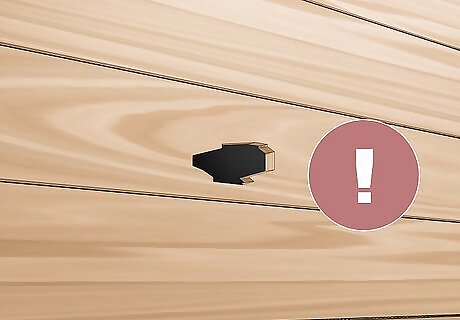
Look for holes are cracks that are 2 in (5.1 cm) wide or larger. Chipmunks may try to get into your home during the winter months if there are openings large enough. Look near the foundation of your home for any holes or cracks that chipmunks may be able to squeeze through. Look for broken siding on your exterior walls or shingles on your roof. Chipmunks may climb up and find ways to enter your home.

Use caulk or concrete to fill in the outdoor holes that you find. Use clear or white caulk to fill in smaller patches along your exterior. Squeeze the trigger on the caulk applicator to dispense the caulk and seal the area. For holes larger than 2 in (5.1 cm), mix quick-setting concrete to make a patch for the hole. Once concrete is applied, it can be sanded and painted.

Cover vents, chimneys, and pipes with mesh so chipmunks can’t fit inside. Check your home for any exposed pipes, vents, or chimney holes. If they don’t already have mesh in place, cover the area so chipmunks or other pests can’t get inside. Either drive a nail every 1 in (2.5 cm) around the edge of the mesh, or caulk the edges so it stays in place. Mesh sheets can be purchased from your local hardware store. Make sure the material you use is breathable so gases and liquids can still pass through it.














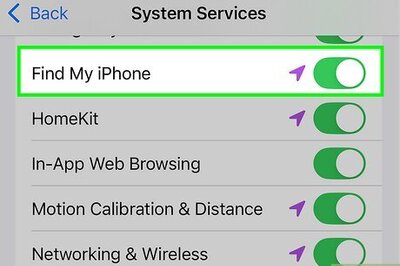




Comments
0 comment